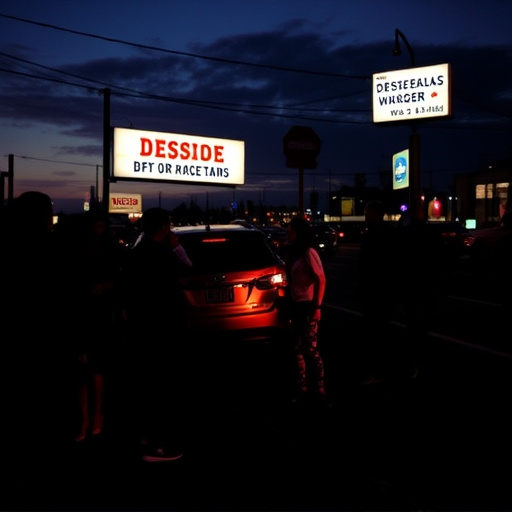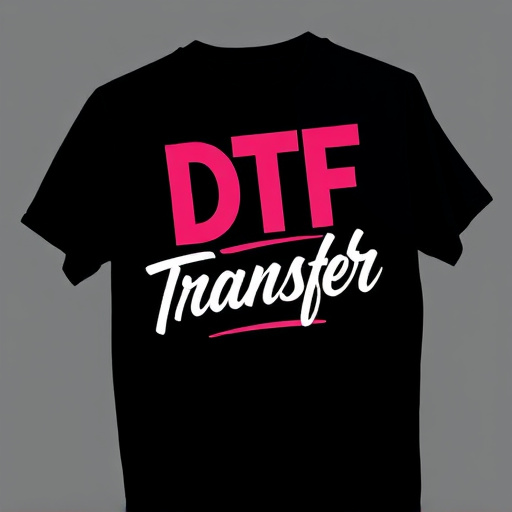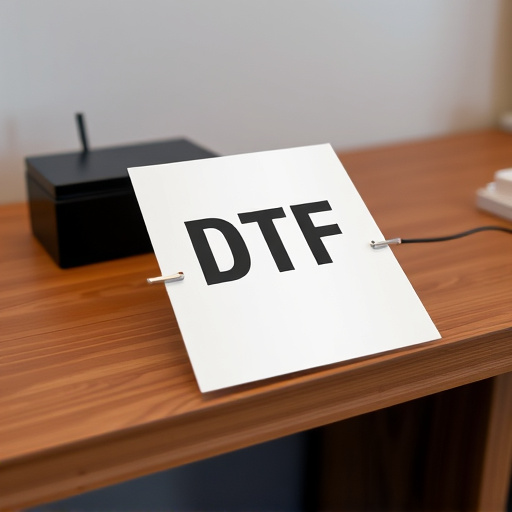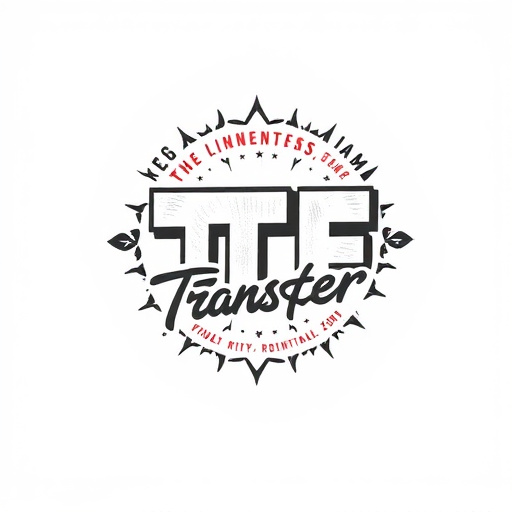Direct-to-Film (DTF) transfer is a cutting-edge process combining traditional film aesthetics with digital technology. It allows artists to convert digital photos into high-quality DTF prints on film stock, appealing to those seeking analog charm with modern precision. DTF offers creative flexibility, longer lifespans, and unique aesthetics, gaining popularity among photographers and artists. By selecting the right film and paper combinations and using specialized software for accurate color representation, DTF printing delivers exceptional results that capture the original photograph's essence while offering distinctive vintage looks and textures.
Explore the captivating world of Direct-to-Film (DTF) transfer, a revolutionary process transforming digital photography. This article delves into the art and science behind converting photographic images to film, offering a unique, timeless aesthetic. We’ll guide you through the benefits, intricacies, and applications of DTF Printing, from its step-by-step process to choosing the perfect film and paper. Uncover why this technology is gaining traction among photographers seeking authentic, high-quality prints.
- Understanding Direct-to-Film (DTF) Transfer: A Basic Overview
- The Benefits of Converting Digital Photos to DTF Format
- How DTF Printing Works: A Step-by-Step Guide
- Choosing the Right Film and Paper for Optimal DTF Prints
- Common Challenges in DTF Transfer and Their Solutions
- Real-World Applications of DTF Technology in Photography
Understanding Direct-to-Film (DTF) Transfer: A Basic Overview
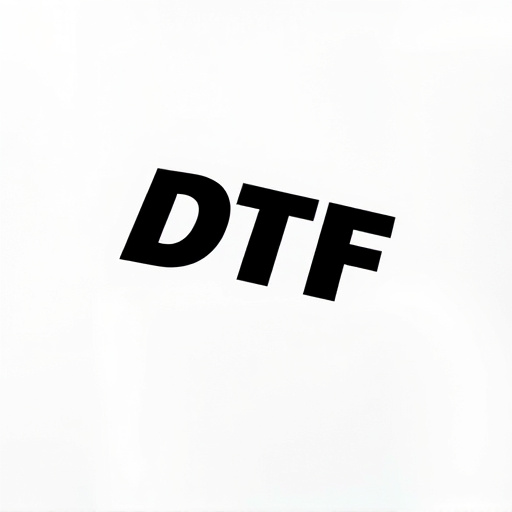
Direct-to-Film (DTF) transfer is a cutting-edge process that allows for the precise reproduction of photographic images directly onto film, bypassing digital intermediates. This innovative technique has gained traction among photographers and filmmakers seeking to preserve the aesthetic qualities of traditional film while leveraging modern technology. In essence, DTF involves scanning or capturing an image and then using specialized software to translate it into a format compatible with film stock.
The process begins with high-resolution digital scans of negatives or positives, which are then manipulated in post-processing stages. This includes color correction, contrast adjustment, and sometimes even manual retouching to achieve the desired look. Once optimized, the image data is transferred onto a film frame, creating what’s known as DTF prints. These prints offer a unique blend of analog charm and digital precision, appealing to artists and enthusiasts who appreciate both the artistic expression of film photography and the technological advancements in image manipulation.
The Benefits of Converting Digital Photos to DTF Format

Converting digital photos to a direct-to-film (DTF) transfer format offers a unique and appealing approach to printing and preserving cherished memories. This process allows for a more authentic experience, as it emulates traditional photography techniques while providing modern convenience. DTF Printing enables photographers and enthusiasts to achieve high-quality, durable prints with a distinct look that sets them apart from standard digital prints. The benefits extend beyond aesthetics; DTF Transfers ensure longer-lasting images, resistant to fading and damage, making them ideal for showcasing family photos, artwork, or even vintage snaps.
Additionally, embracing DTF Format facilitates creative exploration. It encourages experimentation with various film types, offering a range of color palettes and grainy textures that add character to prints. This analog approach inspires artists and collectors, providing an alternative to digital printing methods. With its ability to capture intricate details and vibrant colors while preserving the unique characteristics of each photograph, DTF Printing has gained popularity among those seeking a more timeless and artistic presentation of their visual stories.
How DTF Printing Works: A Step-by-Step Guide
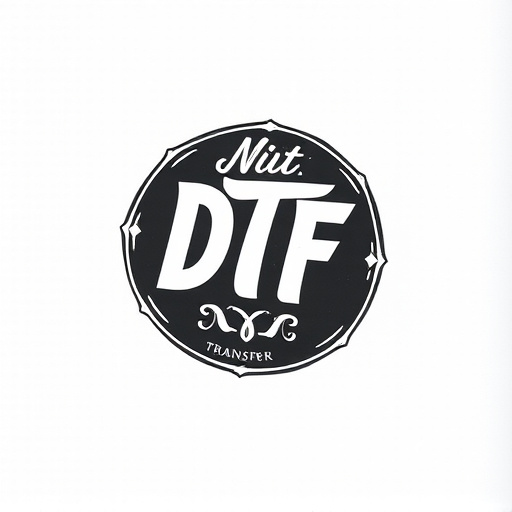
Direct-to-film (DTF) printing is a cutting-edge process that allows for the precise transfer of photographic images directly onto film, offering a unique and high-fidelity method of reproduction. This innovative technique has gained popularity among photographers and filmmakers seeking to preserve the aesthetic qualities of traditional film while also achieving modern production efficiency. Here’s a simplified guide to understanding how DTF printing works:
1. Image Preparation: The process begins with preparing the digital photograph or image that you wish to transfer. It should be of high resolution, ensuring intricate details are not lost during the conversion. This image is then optimized for DTF printing, which involves adjusting color profiles and contrast to match the desired film stock.
2. Film Selection: Choosing the right film stock is crucial as it determines the final look and feel of the DTF print. Different films offer distinct characteristics—from grain structure to dynamic range—so selecting a film that complements the original image is essential. Black-and-white, color negative, or even specialty films like infrared can be used, each providing a unique visual experience.
3. DTF Software: Specialized software is employed to convert the digital image into a format compatible with the DTF printer. This software applies the image data onto a virtual mask, ensuring that every pixel corresponds precisely with the film’s emulsion. The software also allows for adjustments to exposure and development settings to fine-tune the final print.
4. Printing Process: Once the preparation is complete, the DTF printer comes into play. It exposes the film stock according to the data from the virtual mask, creating a latent image that matches the digital original perfectly. The film is then processed using traditional darkroom techniques or modern automated processes, developing and fixing the image until it reaches its final state—a direct transfer of the photographic art onto film.
5. Post-Processing: After printing, DTF prints may require additional steps for optimal results. This can include scanning to ensure color accuracy, or hand-coloring for a unique artistic touch. The finished DTF prints offer a tangible connection to the past while delivering exceptional visual quality.
Choosing the Right Film and Paper for Optimal DTF Prints

Selecting the ideal film and paper is a crucial step in achieving exceptional DTF (Direct-to-Film) transfer prints. The compatibility between the two plays a significant role in the final outcome, ensuring colors remain vibrant and details are crisp. When choosing film, consider its sensitivity to light; higher ISO films offer more flexibility for outdoor shooting or when working with brighter images. For fine art and photography enthusiasts, professional-grade films provide a truer color reproduction and better dynamic range.
As for paper, the options vary from traditional photographic papers to modern, specialized DTF papers. The latter are designed to accept ink directly, offering a more durable and long-lasting print. Consider the desired texture and finish; some papers offer a smooth surface ideal for high-resolution prints, while others have a subtle grain that enhances the film’s character. Additionally, paper choice affects the final image’s color and contrast, so it’s essential to select a type that complements the chosen film, enhancing its unique aesthetic.
Common Challenges in DTF Transfer and Their Solutions

Converting photographic images to a direct-to-film (DTF) transfer format presents several challenges that can impact the final print quality. One of the primary hurdles is achieving accurate color representation, as digital files often contain metadata and compression artifacts that can distort hues and tones when transferred to film. To overcome this, specialized software designed for DTF printing should be used to calibrate colors, remove unnecessary data, and optimize the image for film output.
Another common issue is resolution loss during the transfer process. High-resolution digital images might not translate well to film, leading to a decrease in detail and sharpness. Solutions include downsampling the image to a suitable resolution for DTF printing, ensuring the film stock used supports the desired print quality, and utilizing high-quality scanners or cameras to capture the original photograph. Proper preparation and understanding of these challenges are key to achieving exceptional DTF prints that accurately represent the original photographic work.
Real-World Applications of DTF Technology in Photography

The Direct-to-Film (DTF) transfer technology has found its niche in various real-world applications within the photography industry, revolutionizing traditional printing methods. This innovative process allows photographers and artists to achieve a unique aesthetic by transferring digital images directly onto film, creating captivating DTF prints that capture the essence of both analog and digital worlds. From fine art photography exhibitions to retro-themed commercial campaigns, DTF technology offers an array of possibilities.
Artists can now explore new creative frontiers, experimenting with vintage looks, limited color palettes, and grainy textures, while maintaining precise control over their work. DTF prints have gained popularity in various sectors, including fashion, where they are used to create unique backdrops for photo shoots, and in the film industry for producing nostalgic-style posters and props. This versatile technology bridges the gap between digital imaging and traditional film printing, making it an exciting choice for photographers seeking to stand out in a crowded market and offer their clients something truly distinctive.






